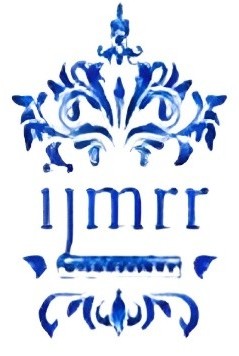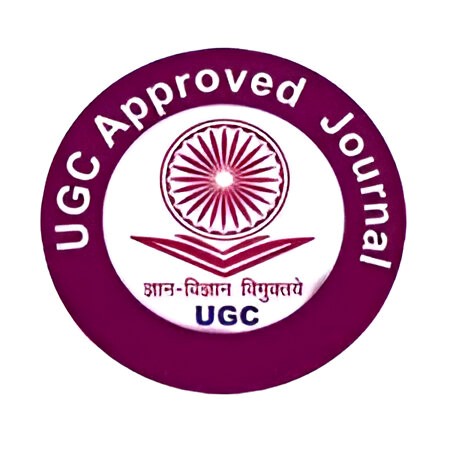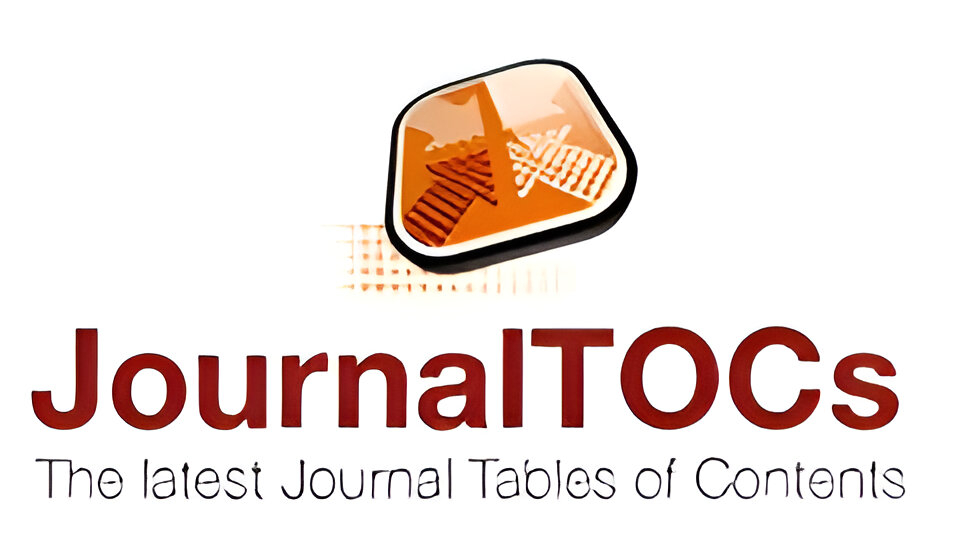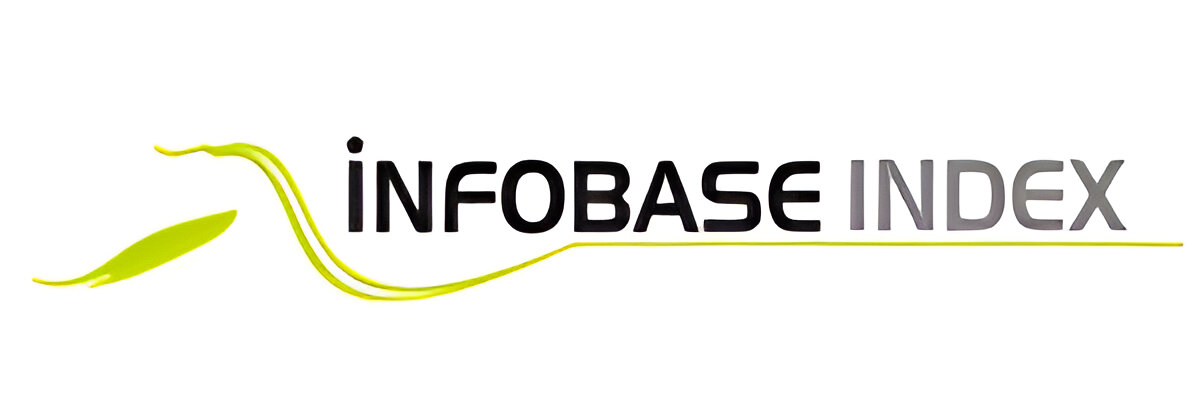EARLY EARTHQUAKE WARNING USING MACHINE LEARNING
Keywords:
earthquake initial warning, engineering associated danger forecast, choice creation under uncertainty, flexibility elevation, risk communicationAbstract
Any abrupt trembling of the bottom engendered by energy ephemeral complete Earth's
stalwarts is referred to as earthquakes. This waves are formed after energy-held throughout
the crust of the earth is discharged instantaneously, commonly when quantities of rockstraining
only alongside another crack and slip. Geotechnical faults, narrow intervals where
material properties move in proportion to one another, are the most important centres for
earthquakes. In anticipation of the damaging supplementary waves, earthquakes advance
notice systems can monitor the non-destructive primary waves (P-waves) that move quickly
through the continental mantle (S-waves). The quantity of advanced warning that may be
given is obtained by determining between both the arrival of P-waves and S-waves. This
dissertation will focus on the different algorithms to learn for the quick estimation of
earthquake, ground movement, and probable implications in the future. The author also
discusses the limits of current applied methodology, with a focus upon that absence of
technology metrics currently working to assist judgement call related to alert triggering
through various end consumers.











